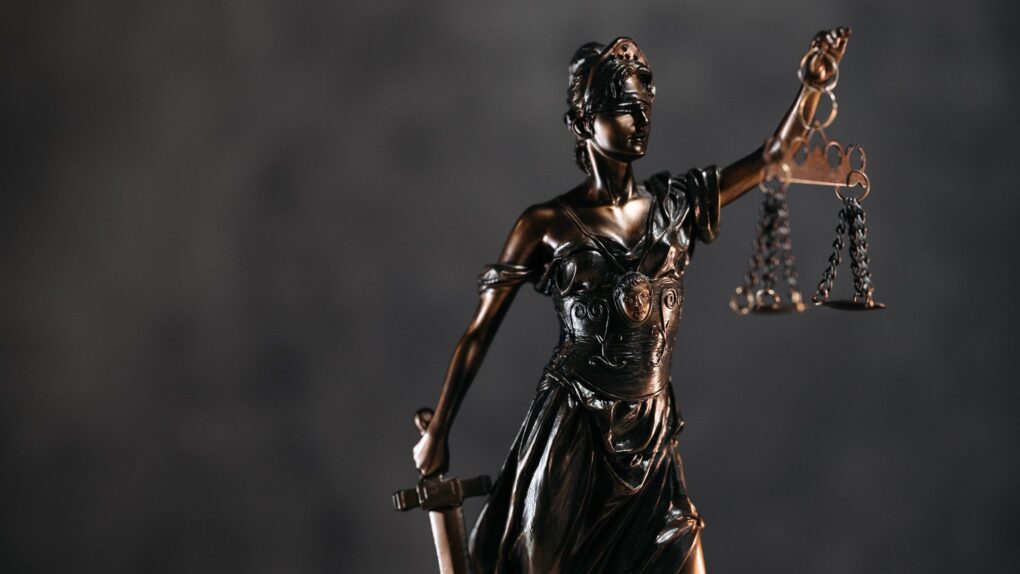In 1893, members of American Protestant congregations (primarily evangelical congregations) formed a new association aimed at combating alcohol consumption, the Anti-Drinking League. It quickly became a powerful organization across the United States. Immediately after the U.S. annexation of the Hawaiian Islands, a branch of the League appeared there, which launched an active struggle against beer production.
The Women’s Christian Temperance Union cooperated with the Anti-Saloon League, and in some southern states the Ku Klux Klan.
In 1900, one in ten Americans initiated by social activists made a written pledge to give up alcohol completely.
The idea of fighting for sobriety became so popular that even the first left-wing politicians tried to take it over from right-wing and religious organizations.
In 1914, 12 American states banned the production and sale of alcohol. They became unofficially called dry states – in contrast to the wet states where alcohol was still allowed. The temperance movement at that time gained such momentum that just two years later – in 1916 – the number of dry states reached 26.
A peculiarity of the temperance movement was its strong support groups – among Republicans and Democrats alike. The social group actively opposing restrictions was American Germans. Firstly, this was due to national traditions, and secondly, to the fact that the German diaspora concentrated in its hands a significant part of the market of alcohol production and sale. However, due to the aggravation of relations between the United States and Germany and the entry of the United States into World War I in 1917, German influence in American society was reduced to a minimum. In turn, the Republican and Democratic Party factions in Congress at this time were dominated by sobriety advocates.
On December 17, 1917, Congress voted to introduce the 18th Amendment to the U.S. Constitution, which prohibited the production, transportation and sale of alcohol in the country. By January 1919, 36 of the 48 U.S. states had ratified the amendment, making it enforceable.
However, the proponents of Prohibition were criticized by U.S. President Woodrow Wilson, who called the idea absurd. He tried to veto the law legalizing the amendment, but his veto was overridden, and on October 28, Congress voted for the so-called Volstead Act, according to which the 18th amendment began to work on January 19, 1920.
Gangsters and Bootleggers
Immediately after the 18th Amendment went into effect, breweries and distilleries in the United States were closed. At the same time, a loophole remained in the law until 1929 – the possession, consumption and production of alcohol for one’s own use was not prohibited. This led to the emergence of a layer of bootleggers – underground dealers in alcohol. Initially, they bought up alcohol from small home producers and resold it to underground bars.
Over time, however, the scale of their activities increased. Those who did not care much about their reputation manufactured counterfeit alcohol from industrial alcohol. Many of their customers were severely poisoned, blinded, or even killed. Other bootleggers formed collaborations with smugglers. Whiskey and other spirits were transported overland from Canada and Mexico or by water from the Caribbean islands and the French possession of Saint-Pierre-et-Miquelon.
Many U.S. fishermen who were previously struggling to make ends meet switched to whiskey and rum shipments, and their livelihoods increased dramatically.
